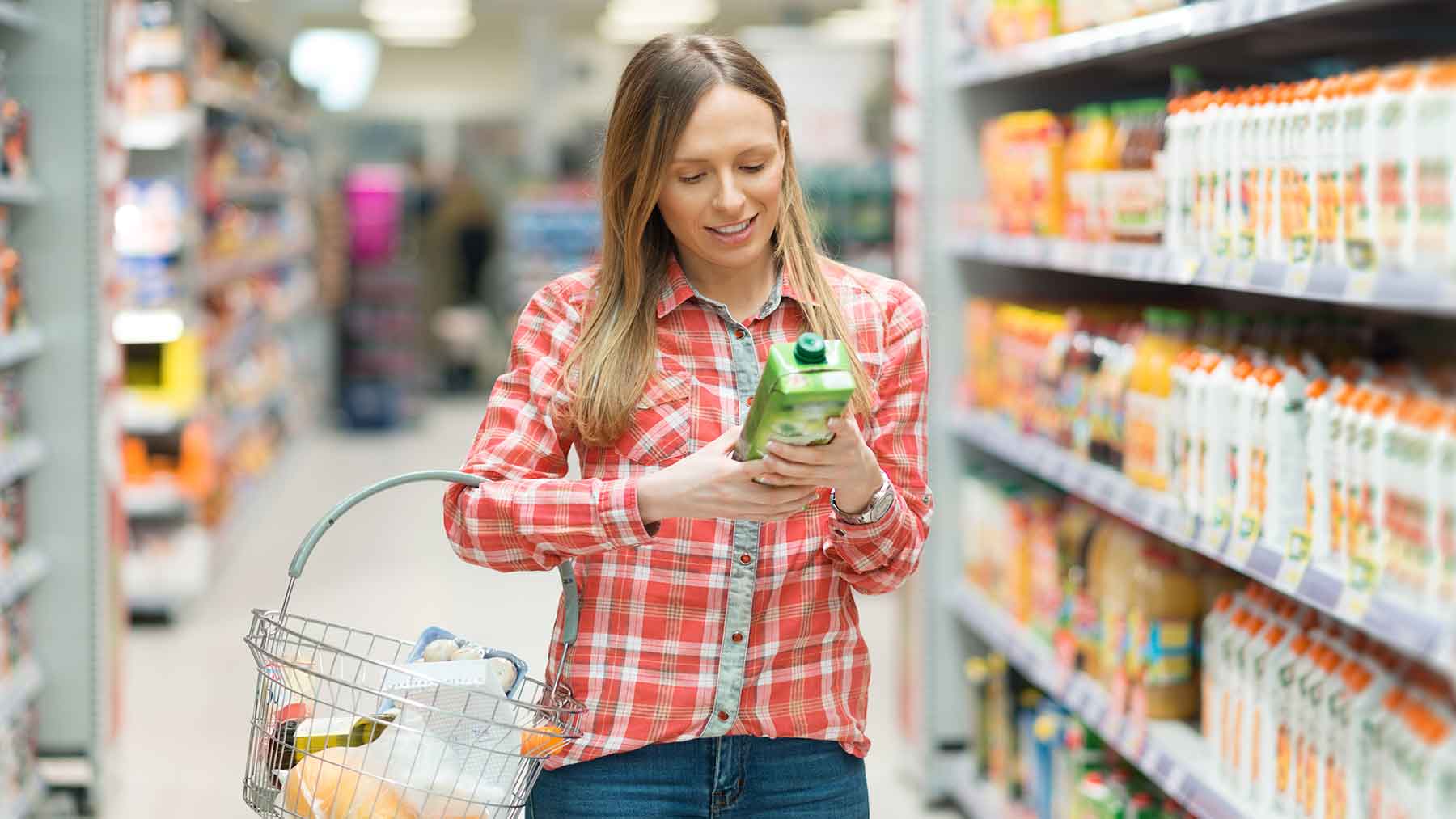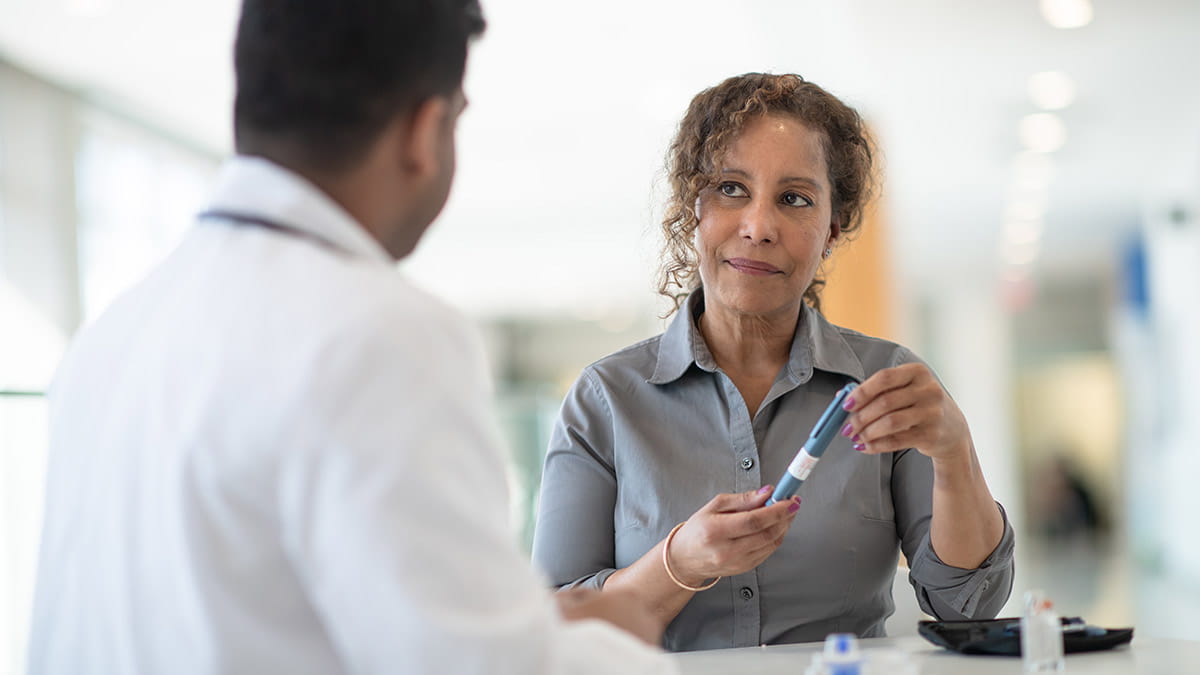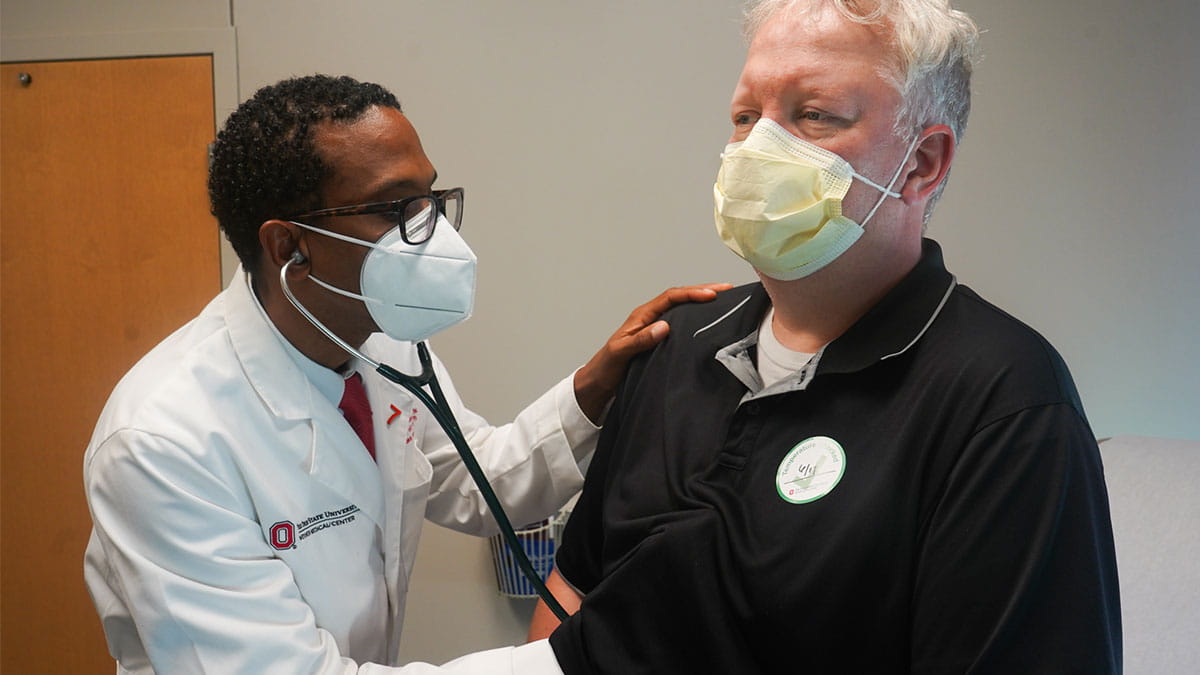Fast ways to stabilize blood sugar if you have diabetes

It can be very difficult for someone with diabetes to maintain a stable blood sugar level. What you eat, activity level, medication, illness, stress and even fluid intake can play a key role in reducing spikes in your blood glucose.
Quickly rising blood sugar comes from simple or straight carbohydrate sources. Items with fat aren’t recommended when treating low blood sugar, as they slow down the release of glucose, delaying treatment and causing you to need more to bring the number back to a safe zone. Low blood sugar treatment needs to be small, precise and easily portable.
Raising or lowering glucose takes time. Over treating causes the blood glucose to move too far in the opposite direction, causing more problems. Below are some tips to help raise and lower blood glucose levels safely.
Recommendations for raising blood sugar levels
There are several ways to raise blood sugar levels, but they need to be exact to avoid increasing blood glucose too much.
Glucose tablets - Consuming glucose tablets is a good way to raise blood glucose levels since they are pre-measured. Each glucose tablet is four grams of carbohydrate. This helps individuals to not overeat to raise blood glucose. They’re also portable, with the ability to hold up in the heat and cold. They can be purchased in a variety of flavors and are great to leave in desks, car consoles or in a bedside table.
Cake frosting - Eating cake frosting in moderation, like in a mini tube, can be helpful. These tubes typically contain the 15 grams that are recommended. Frosting tubes also hold up in all weather conditions and are easily portable .
Liquid glucose - Liquid glucose isn’t the best option, as it’s more expensive, but can still be useful. One benefit is that, since it’s liquid, it has an increased absorption speed compared to other solid food recommendations.
Juice boxes - Although they’re typically found in the infant aisle, juice boxes contain the 15 grams of recommended glucose. While warm juice may not be the best tasting, juice boxes can be consumed at all temperatures and still have a good impact on raising blood sugar levels.
Fruit - A piece of fruit is perfect for raising blood glucose. Because it takes time to eat, it’ll help an individual not overeat. This recommendation is more practical at home or if you have a set place to work, since keeping the fruit fresh and unsquashed is required.
Gummies - A small pack of gummies is usually 15-17 grams of sugar, which is ideal. They’re also inexpensive and only take a few minutes to eat.
Recommendations for treating high blood sugar
The most effective methods for lowering blood sugar are fluids, movement and possibly mediation.
Water - Consuming a lot of water is key to lowering high blood sugar. I often recommend up to 30 ounces an hour for two to four hours, depending on how high blood sugar levels are. This is helpful for the random high blood sugar spurt, not the standard high blood glucose. Tissues can shrivel up when a person is dehydrated. Insulin works in the bloodstream, so the tissue needs enough fluid. Individuals who have persistent high blood glucose levels need to make a conscious effort to stay hydrated.
Movement - As long as your physician hasn’t given you any restrictions, you should get moving. If you have Type 2 diabetes, try walking or riding a bike for 20-40 minutes. If you have Type 1 diabetes, confirm that you’re not experiencing high blood sugar from a lack of insulin. An easy way to increase movement is parking further away, especially when dining out. This will force you to walk after eating. I recommend walking after any meal to help decrease the post meal blood sugar spike.
Medication - Medication may be needed but should only be taken with clear and specific instructions from your doctor or nurse practitioner. Medication is used to lower blood sugar overall. Insulin can be prescribed in specific amounts to help lower blood glucose levels.
Janet Zappe is a registered nurse, certified diabetes educator and clinical program manager of the Diabetes Research Center at The Ohio State University Wexner Medical Center.




